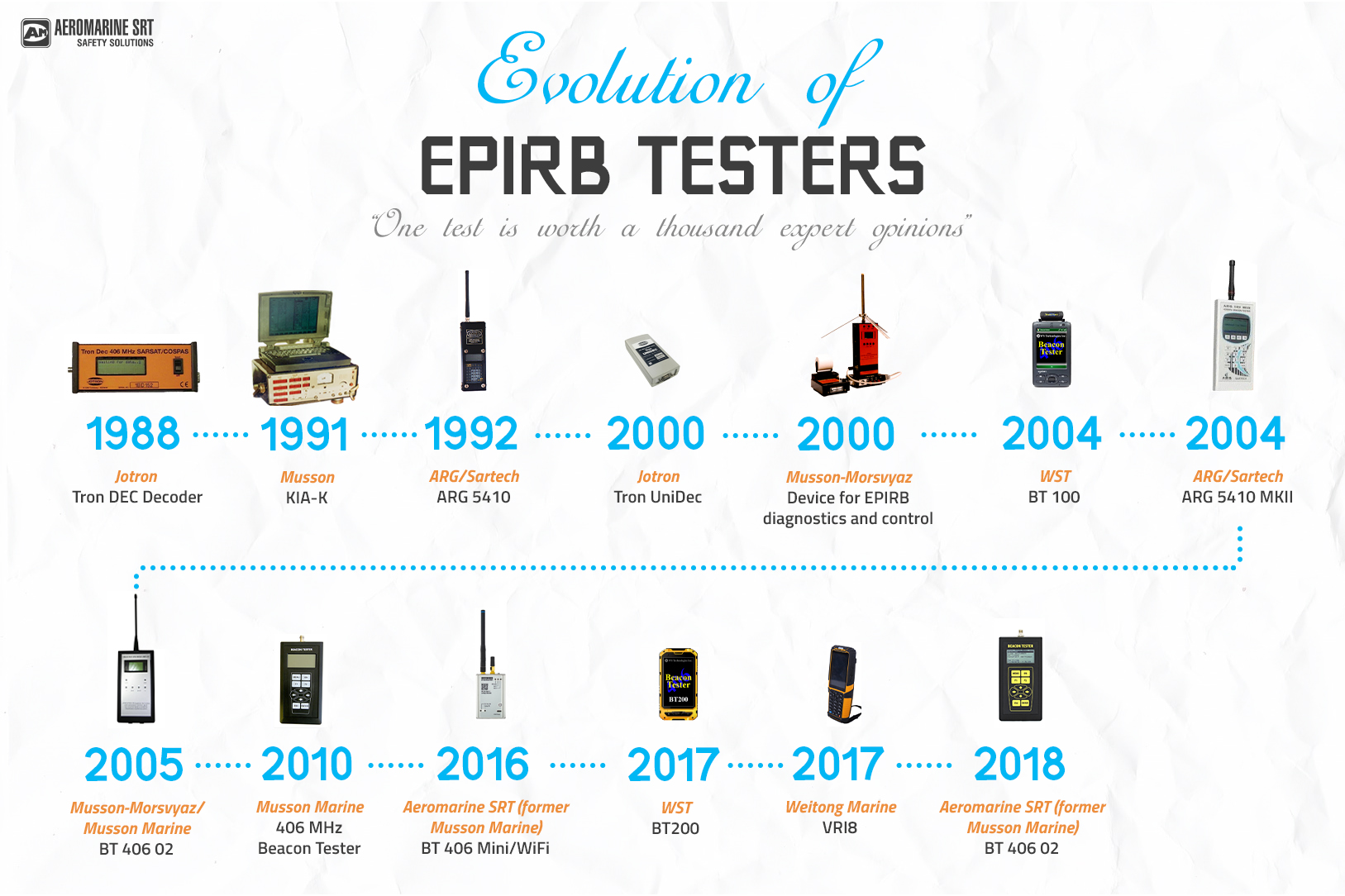VHF DSC EPIRBs and EPIRBs fitted with AIS
Carriage of VHF DSC EPIRB in lieu of satellite EPIRB
The GMDSS regulations allow vessels trading exclusively within A1 areas to carry an EPIRB operating on VHF channel 70 in lieu of a 406 MHz EPIRB.
The VHF DSC EPIRB must be capable of transmitting a Distress Alert using digital selective calling techniques. In order that it may be located by searching ships and aircraft, the EPIRB must also be capable of transmitting X-band radar locating signals.
VHF DSC EPIRBs are not fitted to Australian GMDSS vessels, and are rarely if ever, used elsewhere.
EPIRBs fitted with AIS burst transmitters
A proposed new variant of the 406 MHz EPIRB includes an AIS burst transmitter as an additional locating aid. The designation of this device is EPIRB-AIS. The AIS burst transmitter will operate in a similar way to an AIS-SART, transmitting an updated position via AIS. The IMO has stipulated that these devices must still include a 121.5 MHz homing beacon for aircraft (or suitably equipped ships).
Although an international numbering format for the numerical identities (MMSI) to be used for the AIS transmitter has been agreed (974xxyyyy), these devices have yet to be brought into service.
It has also been agreed that the associated text to be transmitted by the AIS transmitter in active mode is EPIRB-ACTIVE, and EPIRB-TEST in test mode.
Termination of INMARSAT-E/E+ EPIRBs
The Inmarsat-E or E+ EPIRB (also known as an “L band” EPIRB) utilised the Inmarsat geostationary satellite system. This service was discontinued from 1 December 2006 due to the high cost of maintaining a system that has not been widely adopted as an element of the GMDSS. MSC/Circ. 1171 refers. At the time of publication of this Handbook, although discontinued, reference is still made to these in SOLAS Chapter IV.




Be the first to comment